Filipinos Run the World’s Northernmost Sushi Restaurant
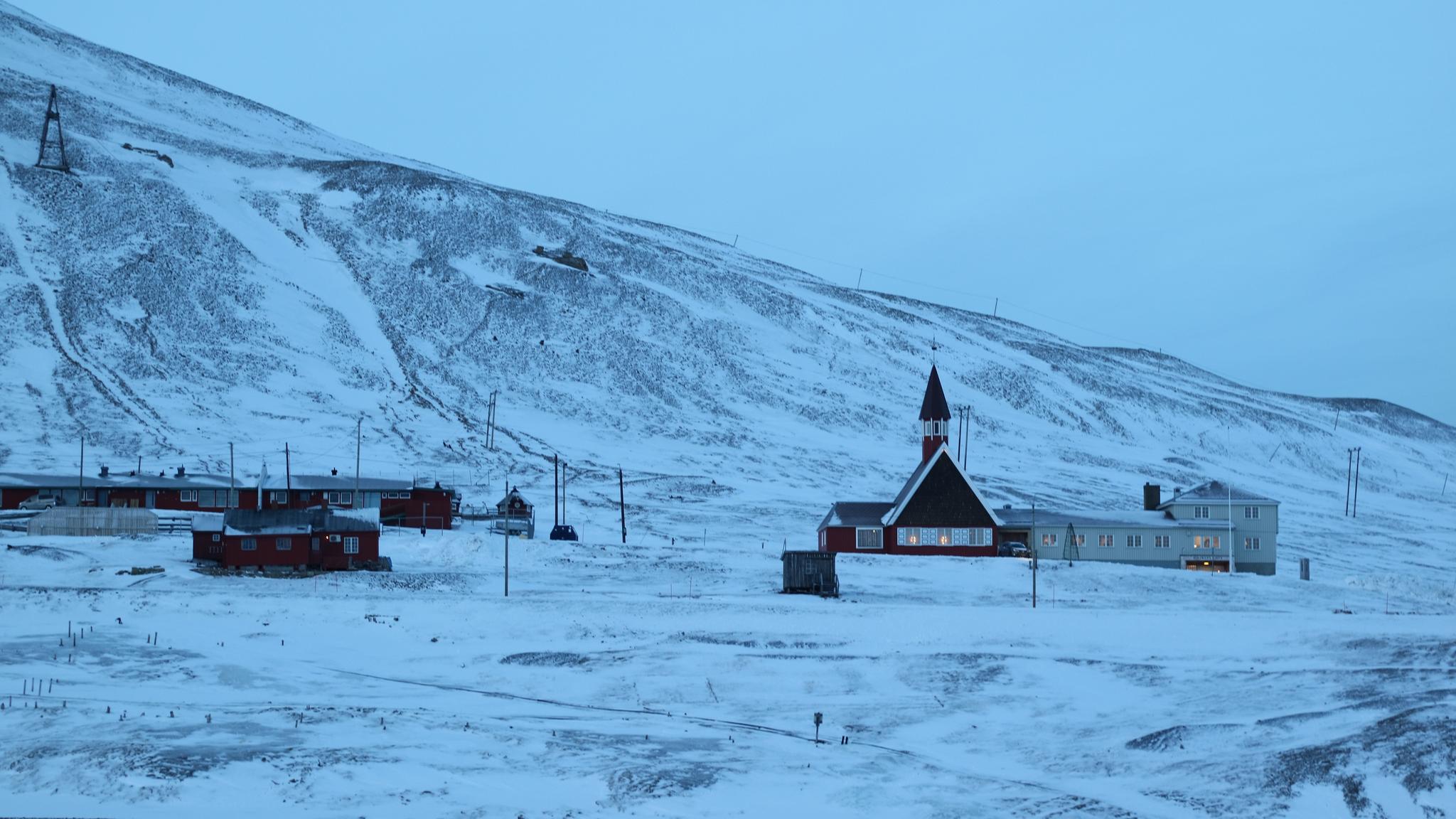
Some days there is no tuna at Nuga, the world’s northernmost sushi restaurant. Restaurants in Svalbard, a Norwegian archipelago just 800 miles from the North Pole, depend on air deliveries for fresh fish and other perishables; the weather is occasionally so rough that no planes can land. Nuga chef and co-owner Winsley Quiambao has a few backup plans, including reaching out to other local chefs for trades or raiding the deep-freeze for local Svalbard cod he caught in the summer. But on days without even a salmon filet, he’s up front with his customers.
“If we're not getting this fish this day, we have to send an email or at least message all of those bookings if they want to still have the booking or not, because 50% or 60% of the people who are eating here are looking for fish, mainly,” said chef and co-owner Winsley Quiambao. “That’s the biggest challenge.”
Quiambao, 31, has learned to adapt to many challenges since he arrived in Svalbard a decade ago. Born in Japan, he grew up in Angeles City, Pampanga and moved to Longyearbyen, the largest settlement on the Arctic archipelago, less than a year after he finished his bachelor’s degree in hotel and restaurant management. He arrived in December, the peak of the dark season, when the sky is midnight-black 24 hours a day — with the exception of the moon, stars and the occasional green flame of aurora borealis.
“It was really cold, and a totally different culture and weather, and it's totally dark,” Quiambao said. “So I didn't know if I could adapt and find a job here.”
He is one of hundreds of Filipinos who have asked themselves the same questions about Svalbard over the past few decades. Though the archipelago is under Norwegian sovereignty, it is subject to a century-old treaty that effectively allows people of any citizenship to live and work there legally. This visa-free status attracts many hopeful immigrants, especially those from countries with relatively weak passports and currencies like the Philippines.
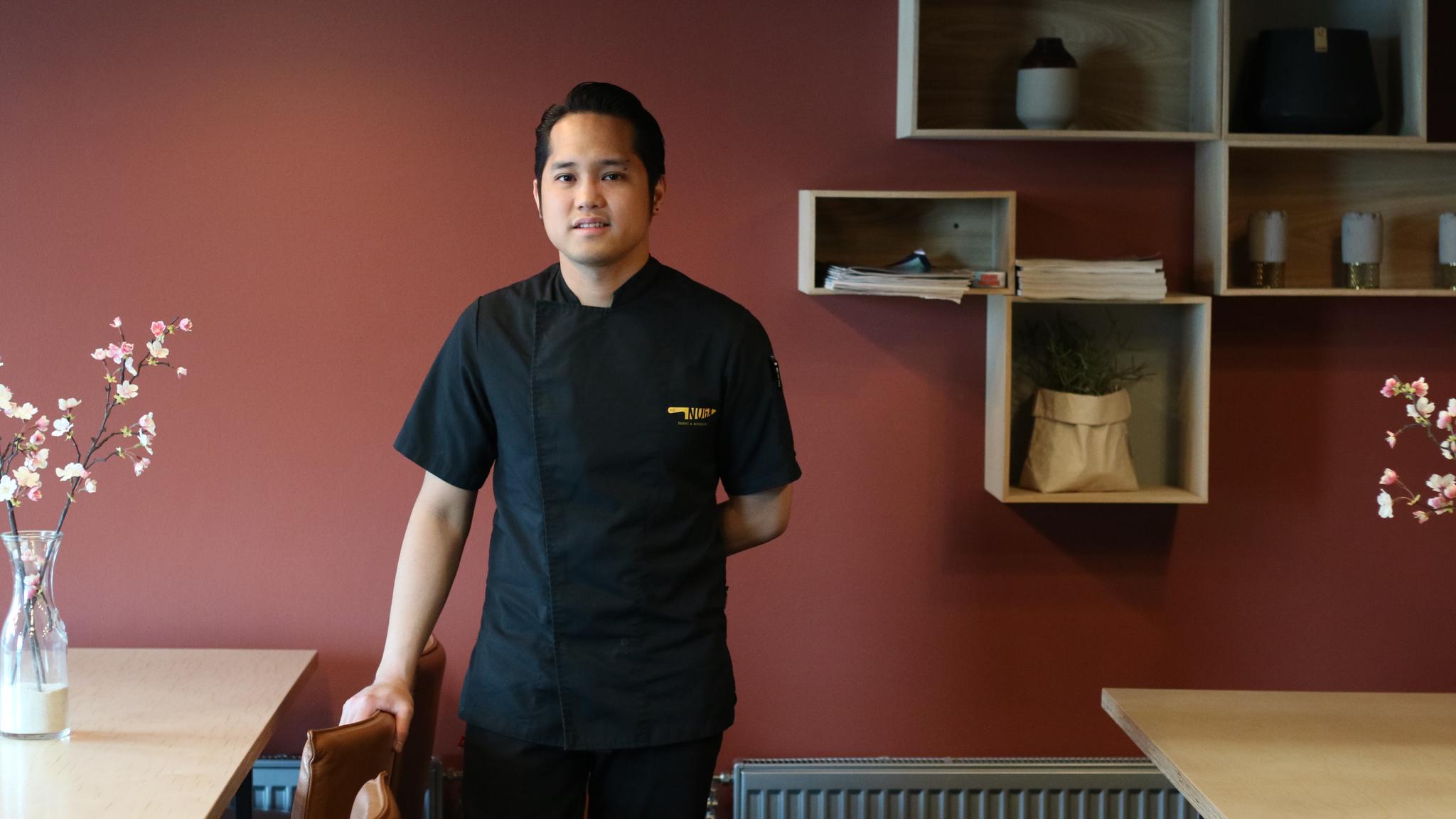
Filipinos are 5% of the population of Svalbard
In practice, settling in Svalbard is more difficult than it may seem. Most residential buildings are owned by large companies or the state and local government, and there are few options for those whose housing is not provided by their employers. Nevertheless, Filipinos have found their niche. As of June 2023, 115 Filipino citizens were living in Longyearbyen, making them about 5% of the population and second only to Norwegians in number. There are Filipinos working in almost every hotel, restaurant and store in town, and the school and kindergartens are full of children fluent in Tagalog or another dialect as well as Norwegian and English.
There are signs that Svalbard’s laissez-faire approach to immigration is being dialed back. Until 2022, anyone who had lived in Svalbard for at least three years could vote in local elections; an electoral law change restricted that right to those who had lived in mainland Norway for at least three years. Quiambo was one of hundreds of people who lost their voting rights in 2022, but he said he has more important things to worry about.
“We are still making money, we are still able to live here freely without limits. So removing your voting rights is not going to affect you. Some people cannot accept the fact that they cannot vote any more, so they are retaliating against the changes,” Quiambao said, referring to the protests that have taken place a few times a year since the change. “Not me, because I have a lot to do.”
It’s been a busy decade for the chef. He put in time at most of Longyearbyen’s restaurants in his first years in town, ending up on the breakfast shift at Svalbard Hotell. One of his coworkers at the hotel, Sten-Erik Allikas, is the kind of larger-than-life, vagabondish character you often meet in Svalbard. An Estonian rock musician fresh from a years-long tour of Southeast Asia, he had worked in one of Tallinn’s first sushi restaurants and long dreamed of starting his own. Svalbard Hotell’s parent company, Svalbard Adventures, gave him a chance when it opened its newest hotel, The Vault, with an available restaurant space. Allikas invited Quiambao to join the venture.
“I thought he was joking, because how can an Estonian guy open up a Japanese restaurant?” Quiambao said. “I said yes without thinking twice, because I thought it was only a joke. And after one and a half months, the stuff was already coming. He imported some things from Japan directly, ingredients and some important things for making sushi. So I was like, ‘Oh, this is real, it's going to happen. It's happening already.’”
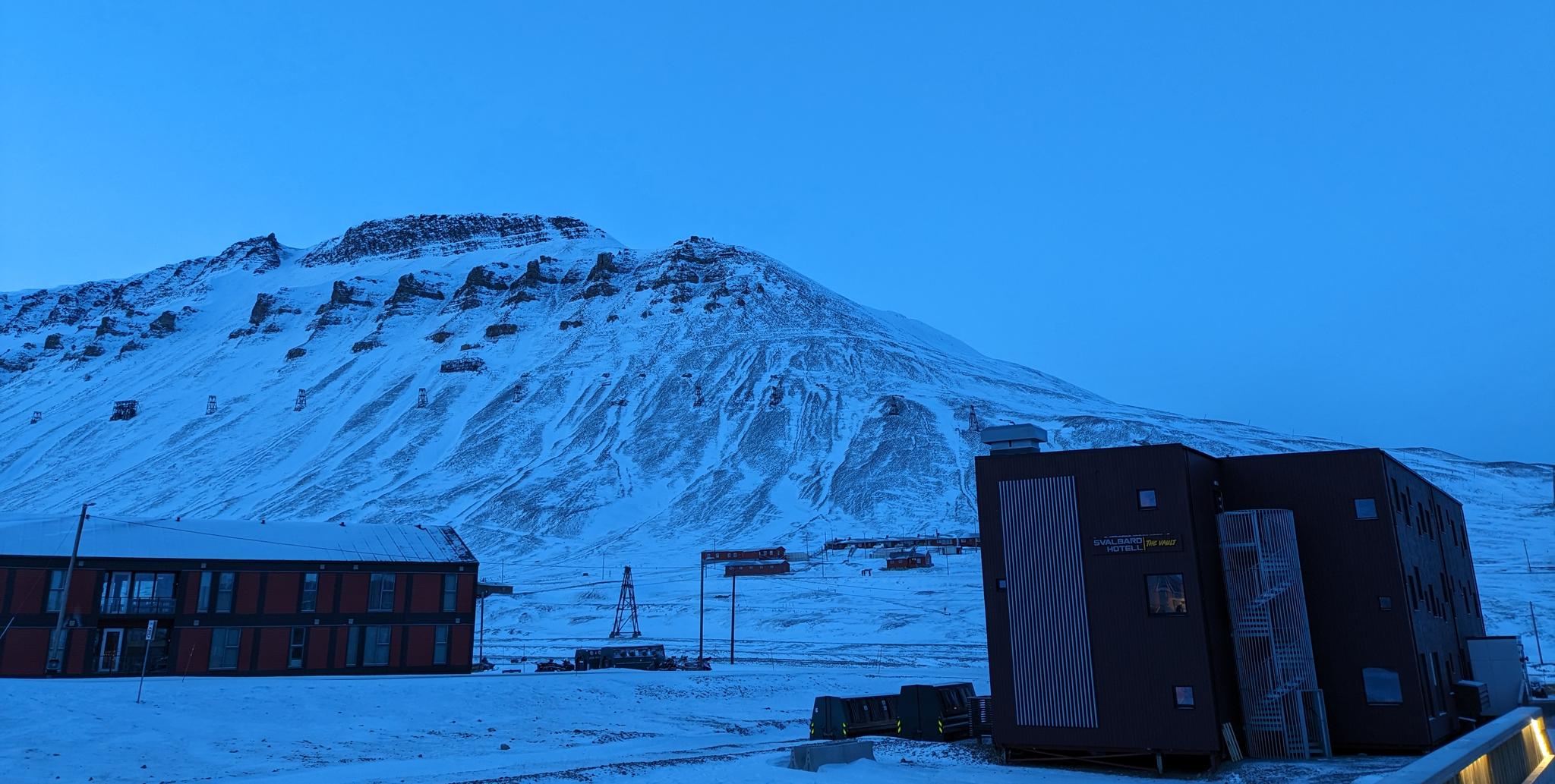
Meeting Norway’s need for sushi
Nuga isn’t Svalbard’s first Japanese restaurant; that designation goes to Sushi Kita, which Japanese American restaurateur Taiichi Fox opened in 2013 and staffed with exclusively Japanese chefs until it closed in 2017. (Fox, another typical Svalbard character, has a habit of opening sushi restaurants in remote locales and now lives on the tiny South Pacific island of Niue.) That closure left a missing cog in the machine of Longyearbyen, calibrated to maintain the quality of life that working-age Norwegians expect.
Next to pizza (which Norwegians eat more of than anyone in the world), sushi is one of the most popular takeout foods in Norway, and the country’s fish industry has had an outsized influence on the global spread of the cuisine. Salmon sushi, now one of the most popular orders at sushi counters in Japan and elsewhere, was invented by a Norwegian marketing professional hired to help the country offload its surplus of farmed fish. The average Norwegian eats sushi 1.4 times a month, trailing modestly behind Japan, where the average is 3.2 times a month.

So it’s no wonder that Nuga was immediately busy when it opened in November 2018, then under a head chef from Sweden with no experience in Asian cuisine. “It was totally a mess in the beginning, but we were learning every day and we were able to make it at least a decent sushi restaurant,” Quiambao said. There were moments in the chaos when he longed for the discipline of “Jiro Dreams of Sushi,” one of his favorite films. After he became Nuga’s head chef and manager in 2020, he decided to create as Jiro-esque a team as Svalbard could manage.
On a trip to Oslo, he visited Alex Sushi, one of the oldest and best-regarded sushi restaurants in Norway. It was founded by Samar-born chef Alex Cabiao, whose roots go back to the origins of the Norwegian sushi scene; he was headhunted from the Manila restaurant Furusato and worked at Norway’s first sushi restaurant, Fuji, before opening Alex Sushi in 2001. Cabiao has since retired, but his namesake restaurant is still largely staffed by Filipinos, as are many of Norway’s sushi restaurants.
At Alex Sushi, Quiambao booked an omakase, which roughly translates to “trust the chef”: a set menu in which each piece of sushi is shaped immediately before the diner receives it.
He was paired at first with a Thai chef, but asked to switch seats when he noticed that the next one down the line was Filipino. The compatriots talked shop over the counter and ended up becoming friends. He guided Quiambao’s self-study with video calls and reading material after he returned to Svalbard.
The chef also helped Quiambao connect with other chefs trained at Alex Sushi and Sabi Sushi, a chain founded by fellow Filipino chef Roger Joya; its Stavanger and Oslo omakase branches are the only Michelin-starred Japanese restaurants in Norway. When one of Joya’s assistants, also from the Philippines, ran into visa problems, Quiambao hired him to work in Svalbard. By 2021 the restaurant had an all-Filipino staff, many with experience under either Joya or Cabiao. In 2023 a Thai chef joined the team, “but he’s an honorary Filipino,” Quiambao joked.
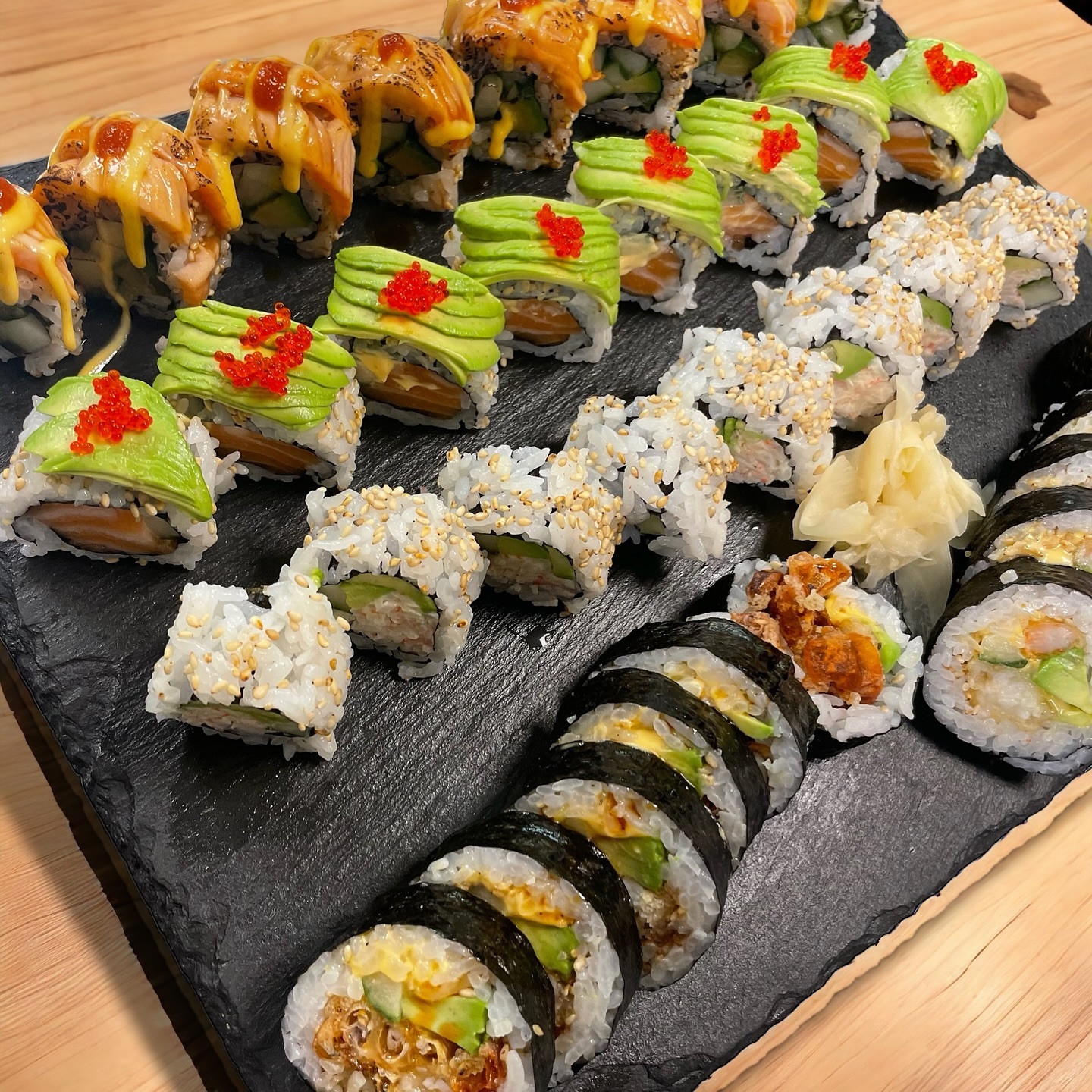
Arctic ingredients, Filipino creativity
Quiambao describes Nuga’s sushi as “a combination of Chef Alex and Chef Roger’s techniques”: a style that owes as much to the restraint of Japanese chefs as it does to the whimsy of their counterparts in North America.
The former influence is clearest in Nuga’s nigiri, slender parcels that echo the folds of the chef’s palm. Pay attention to the traces of knife work on each piece, like the brush strokes of an artist. Their mathematical precision demonstrates a level of training that few small-town sushi shops achieve. A protractor could measure the acute angle between the cut line and the veins of fat on the salmon nigiri. The fine cross-hatching on the tuna is like a magic trick, rendering the lean yellowfin as meltingly tender as o-toro.
But even on good days, there are rarely more than four kinds of raw nigiri available — salmon, tuna, salmon roe, and scallop. These return as maki, multiplied like the loaves and fishes into new forms that stretch the menu to the length Norwegians expect.
There’s the Midnight Sun roll, named for the endless day that stretches from mid-April to late August in Svalbard. It’s a scallop and avocado roll finished with a celestial dollop of chili mayo, salmon roe clinging to the surface like sunspots. The Sukkertoppen roll, whose namesake mountain forms a snow-capped bulwark at the east side of town, is stuffed with equally pallid cream cheese and crab. Other maki can be made even when sushi-grade fish is unavailable, like the baked salmon, boiled shrimp and fried chicken rolls.
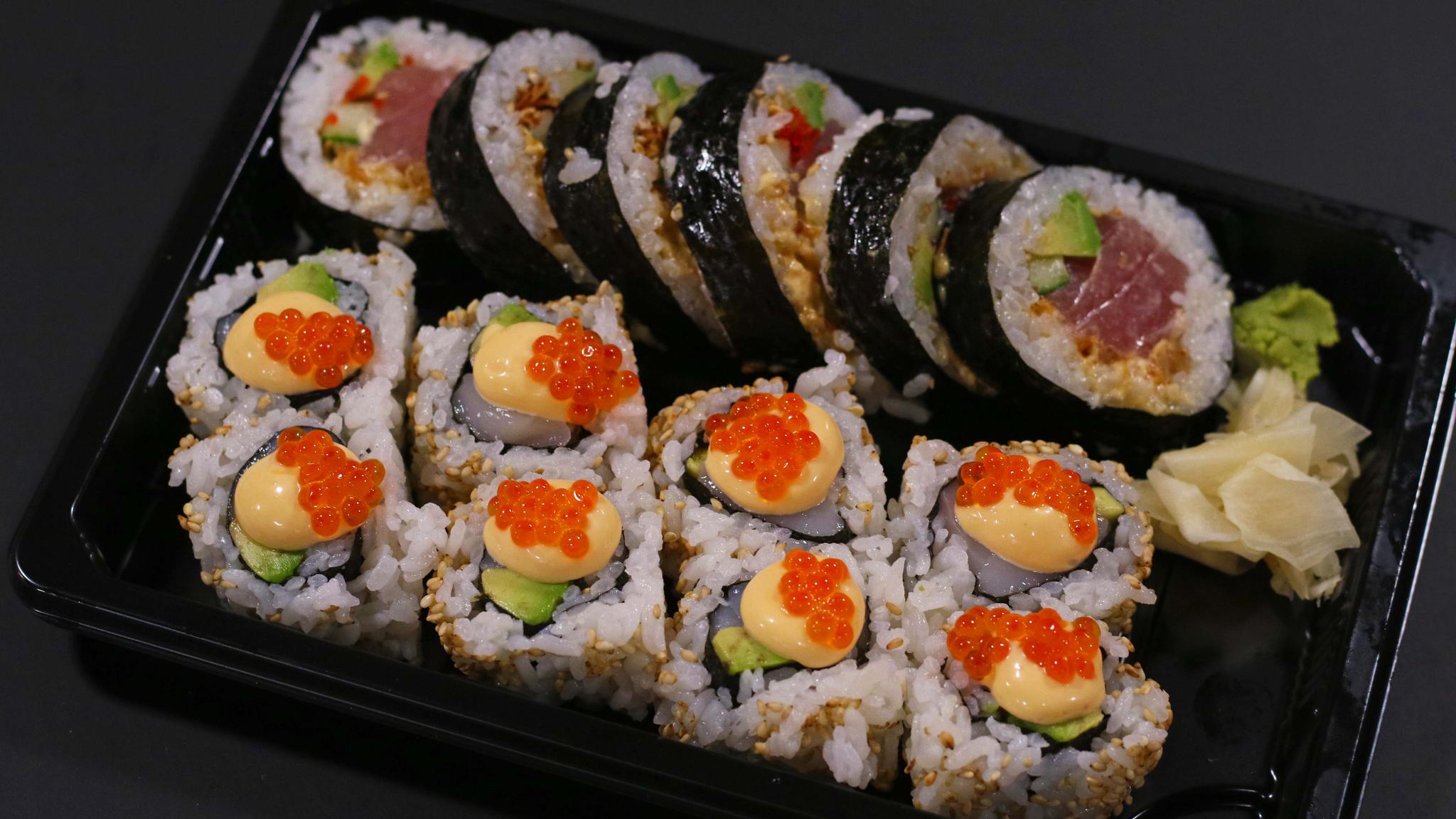
Though calibrated to Norwegian tastes, Nuga has managed to attract a Japanese audience. In 2021, the television station TV Tokyo sent a camera crew to “the world’s northernmost sushi restaurant” for a simulcast on one of the many programs hosted by comedian Hiroiki Ariyoshi. A Japanese-speaking Norwegian guest sampled Quiambao’s sushi while Ariyoshi and a cast of other celebrities watched from Tokyo.
Ariyoshi, known for his “poison tongue,” was lukewarm on the looks of Nuga’s usual sakura set, which includes a salmon roll, a shrimp tempura roll and a selection of nigiri. “That wakame seems a little different,” opined a drag queen guest as Quiambao spooned Kelly-green seaweed salad, a Japanese American invention, into nori to make wakame nigiri.
The station also bought Quiambao reindeer, seal and whale meat so he could prepare an Arctic sushi set for the program. The Tokyo cast perked up when this set emerged from the kitchen. “Kirei (pretty),” they cried as the camera panned the spread, arranged on a slate slab and adorned with antler fragments. “Tabetai (I want to eat it),” they groaned as the Norwegian guest bit into the seal nigiri, each slice of black flesh accentuated by a pearl of green wasabi mayo. Ariyoshi ordered the guest to bring it to Tokyo.
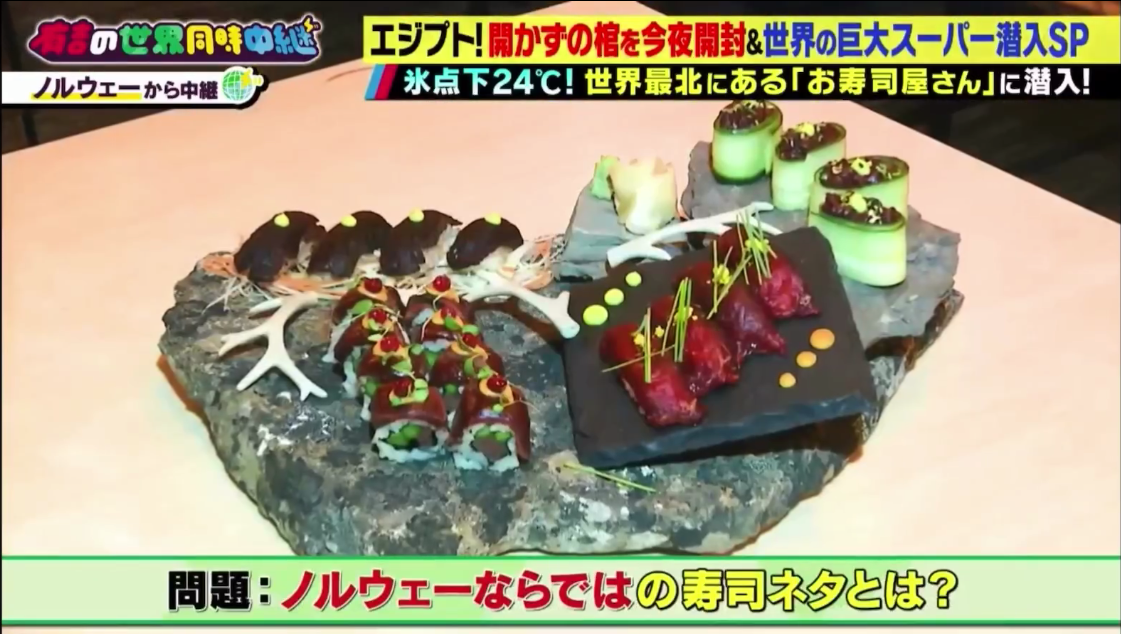
Feeding the community
Quiambao said he enjoyed the TV Tokyo visit, but he’s more focused on serving Svalbard locals. “Some people tell me that they cannot live without sushi,” he said. He has regulars who order without fail every Friday or Saturday, like a religious obligation. Others eat so much when they come that he makes sure to order more fish from his supplier if he sees they’ve booked a table. “Imagine removing that part of their cycle in their everyday life. It would affect the rest of their life too. So it's kind of a responsibility for me to fulfill that.”
He also finds fulfillment in showcasing Pinoy talent and leadership, both for Norwegians and for young Filipinos in need of role models. The latter became especially important last summer, when his girlfriend’s younger brother died by suicide at the age of 17. The death drew attention to the challenges foreign-born youth face in Svalbard, which lacks accessible mental health care services. It can be easy to feel isolated and out-of-place as a foreigner in Svalbard, especially as a young person, Quimabo said. He hopes his restaurant can be a beacon and an oasis for those who feel lost.
“It’s really important for me to make this a place where Filipinos can go and feel like home,” he said. “The hospitality of Filipinos is really different from other cultures, so I would like to add a little bit of a twist of the Filipino style here where they can feel at home. ... For me, that’s what it’s about, not the money.”
Nuga Sushi is located at Vei 507.1, Longyearbyen, 9170.
+47 913 58 139
A version of this article appeared in Esquire magazine and Roots & Wings magazine.

0 Comments Add a Comment?